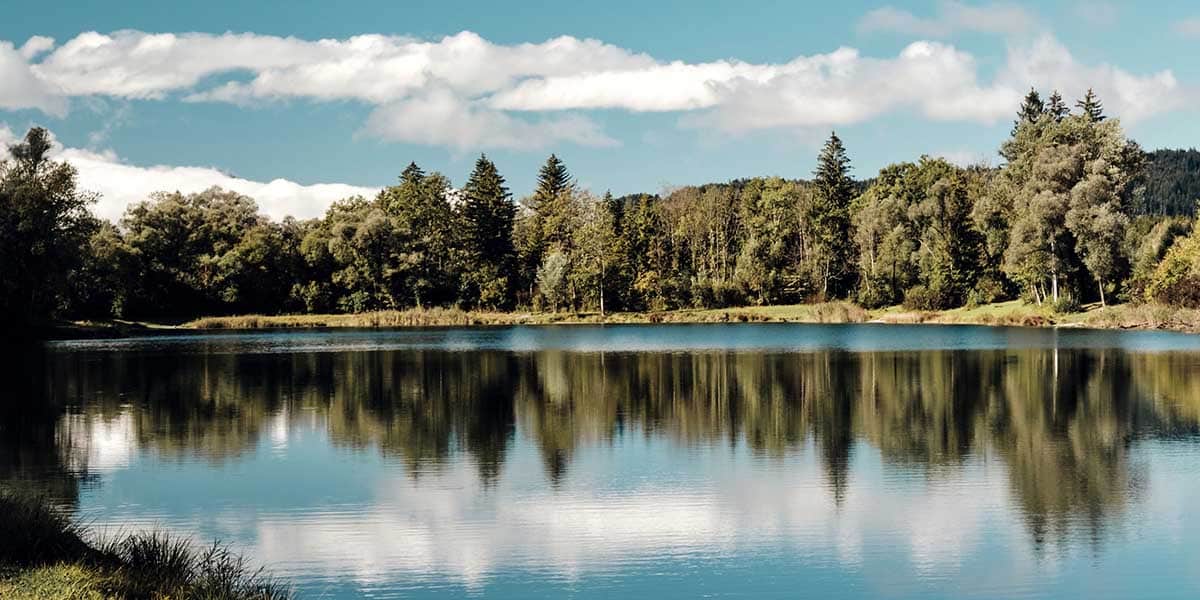In the quest to comprehend the dramatic changes in our environment over the past century, scientists from the University of Birmingham and Goethe University in Frankfurt have embarked on an extraordinary journey using what they call a DNA ‘time machine.’
This innovative approach utilizes the power of AI and DNA-based biodiversity analysis to unveil the mysteries of environmental transformations, such as warming temperatures and pollution, that have resulted in the potential irreversible loss of biodiversity in a freshwater lake.
The DNA time capsule
The journey begins at the heart of Denmark, where this freshwater lake has silently witnessed a century of human impact on its pristine waters. Nestled amidst the Danish landscape, this aquatic gem boasts a history marked by well-documented shifts in water quality, making it an ideal natural laboratory for testing the capabilities of the biodiversity time machine.
In November 2016, researchers gathered a sedimentary archive from Lake Ring using a gravity corer. The obtained core was meticulously divided into 34 layers, each measuring 0.5 cm in thickness. This division allowed for a temporal resolution of approximately 3 years per layer, effectively spanning a century of history.
This sediment core held within it the secrets of the past—a wealth of biological and environmental information, captured in layers, akin to the pages of a time-worn book. As they carefully extracted these layers, they began to construct a detailed picture of the lake’s biodiversity, chemical pollution levels, and climate fluctuations over the past century, all with an impressive yearly resolution.
Identifying the culprits
The researchers discovered that pollutants, such as insecticides and fungicides, coupled with an increase in minimum temperatures (a rise of 1.2-1.5 degrees), had the most detrimental impact on biodiversity levels. This finding emphasizes the urgent need to address these pollutants to prevent further damage to our ecosystems.
The findings from this study reveal that both chemicals and climate variables play significant roles in explaining biodiversity compositional changes, accounting for up to 47% of the observed shifts. Notably, when considering the combined impact of insecticides/fungicides and yearly extreme temperature/summer precipitation, these factors emerged as the most influential in explaining overall biodiversity changes.
Significant changes in community composition (beta diversity) were observed across different lake phases. These changes were driven by specific families of primary producers and invertebrates. For instance, during the transition from semi-pristine to eutrophic phases, the abundance of rotifers and green algae decreased, favoring calanoids and diatoms.
This study provides insights into how anthropogenic impacts, such as eutrophication and pesticide pollution, have altered freshwater ecosystems over a century, highlighting the importance of systemic approaches in biological and functional monitoring for conservation and mitigation strategies.
At LG Sonic, we strive for a world where aquatic ecosystems are free from pollutants and harsh chemicals. In Nicaragua, our technology helps to restore lake biodiversity by gradually revitalizing aquatic ecosystems that were once threatened by environmental pollution.
